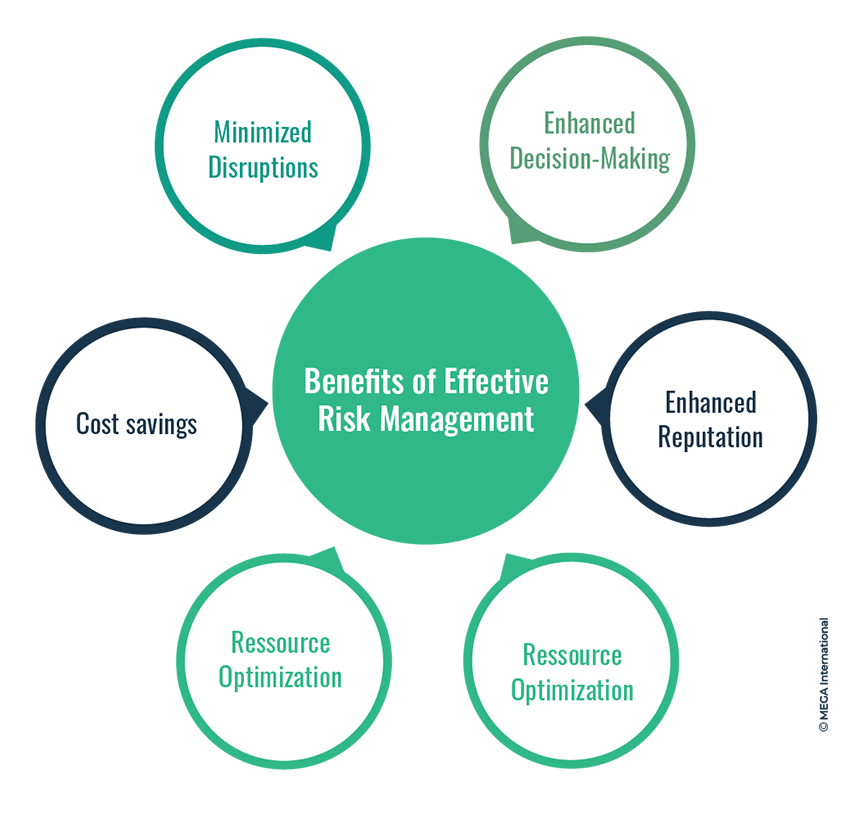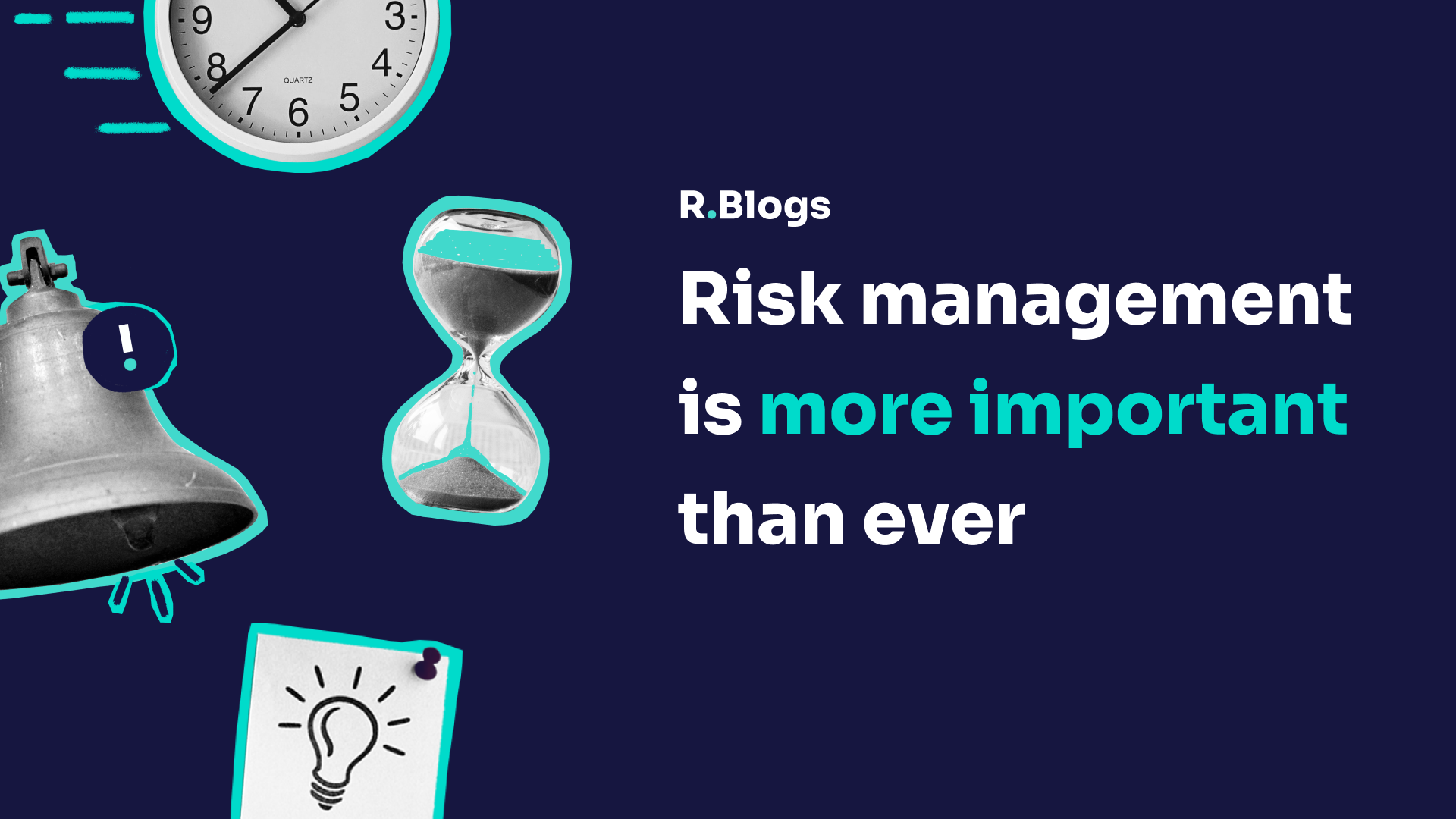The Increasing Importance of Risk Management in Medical and Safety
The Increasing Importance of Risk Management in Medical and Safety
Blog Article
Discovering the Significance of Risk Management for Effective Decision-Making Methods
In the intricate globe of service, Risk Management arises as a vital aspect in the decision-making procedure. The capability to recognize potential hazards and opportunities, and strategize as necessary, can lead to the distinction between success and failing.
Understanding the Idea of Risk Management
Risk Management, a crucial element in decision-making, is typically misunderstood or oversimplified. Risk Management includes disciplined and organized techniques, utilizing information and informative assessments. From economic unpredictabilities, lawful liabilities, critical Management mistakes, to accidents and all-natural catastrophes, it attends to numerous threats - importance of risk management.
The Duty of Risk Management in Decision-Making Processes
In the realm of calculated planning and company operations, Risk Management plays an important role in decision-making procedures. It helps in recognizing prospective hazards and uncertainties that might influence the achievement of company goals. By tracing these dangers, business can develop methods to reduce their effect, ensuring service connection and security. Risk Management therefore comes to be an important tool in decision-making, assisting leaders to make enlightened selections based upon an extensive understanding of the dangers included. It urges an aggressive method, allowing companies to prepare and anticipate for possible future scenarios. This dramatically reduces the possibility of unfavorable repercussions, promoting a lot more effective and reliable decision-making approaches. Consequently, Risk Management offers as an essential part in the decision-making procedures of any type of company.

Exactly How Risk Management Boosts Strategic Preparation
In the context of calculated preparation, Risk Management plays a pivotal role. Starting with the recognition of potential threats, it additionally reaches the application of Risk reduction measures. The role of Risk Management is vibrant yet not fixed, as it requires consistent surveillance and adjusting of approaches.
Identifying Possible Risks

Executing Risk Reduction
Having actually established the importance of determining prospective dangers, the following step is to check out Risk mitigation. This process includes creating and applying approaches to take care of recognized threats effectively. It is a crucial aspect of strategic planning as it improves decision-making by lessening possible unfavorable results. Risk mitigation strategies can vary from Risk avoidance, Risk transfer, to risk decrease. Each approach needs to be customized to the certain Risk, considering its potential impact and the company's Risk tolerance. In addition, effective Risk mitigation requires a deep understanding of the Risk landscape and the prospective effect of each Risk. This understanding allows organizations to focus on threats and allot resources efficiently, making certain that one of the most substantial hazards are addressed first.
Tracking and Adjusting Approaches
Though Risk reduction is a critical step in strategic planning, constant tracking and adjustment of these check my blog approaches is just as crucial. This recurring procedure enables organizations to determine new threats and reassess existing ones, ensuring the carried out strategies stay reliable in the ever-changing company atmosphere. It additionally offers a possibility to evaluate the success of the Risk Management procedures, allowing modifications to be made where essential, further improving calculated preparation. Reliable monitoring and modification call for the use of analytics and essential efficiency indications (KPIs) to gauge effectiveness. These tools offer important data-driven understandings that can educate critical decision-making. Surveillance and readjusting Risk Management approaches is a vital part for boosting a company's strength and critical preparation.
Case Researches: Successful Risk Management and Decision-Making
In the world of organization and financing, successful Risk Management and decision-making usually serve as the columns of thriving ventures. These situations highlight the worth of astute Risk Management in decision-making procedures. These cases underscore the important role of Risk Management in tactical decision-making.
Devices and Methods for Reliable Risk Management
Navigating the detailed labyrinth of Risk Management needs the appropriate set of devices and techniques. These devices, such as Risk registers and warmth maps, aid in determining and assessing prospective threats. Techniques include both measurable methods, like sensitivity evaluation, and qualitative methods, such as SWOT analysis. These aid in focusing on threats based on their prospective influence and chance. Risk action techniques, a crucial part of Risk reference Management, include approving, staying clear of, moving, or mitigating dangers. Surveillance and controlling dangers, with normal audits and testimonials, ensure that the techniques stay reliable. With these strategies and devices, decision-makers can browse the complex landscape of Risk Management, thereby assisting in educated and reliable decision-making.
Future Fads in Risk Management and Decision-Making Techniques
As we check out the substantial landscape of Risk Management, it becomes obvious that the techniques and devices used today will certainly continue to progress. The idea of Risk culture, where every participant of a company is aware and included in Risk Management, will certainly get more importance. These trends advertise an even more proactive and comprehensive strategy towards Risk Management and decision-making.
Final thought

Risk Management therefore ends up being an important tool in decision-making, helping leaders to make enlightened options based on an extensive understanding of the risks involved. Risk mitigation strategies can range from Risk evasion, Risk transfer, to take the chance of decrease (importance of risk management). Efficient Risk reduction needs a deep understanding of the Risk landscape and the possible effect of each Risk. Risk feedback strategies, an essential element of Risk Management, include approving, staying clear of, moving, or mitigating dangers. The concept of Risk culture, where every participant of an organization is mindful and involved in Risk Management, will certainly obtain much more prominence
Report this page